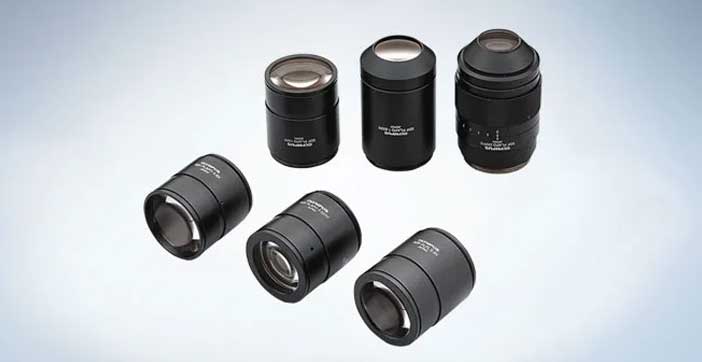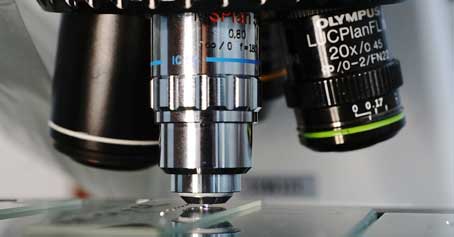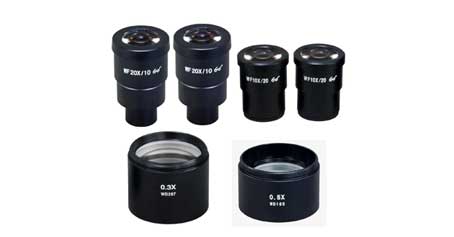Exploring the Variety of Monocular Microscope Lenses

There are quite a number of fields that depend on the use of microscopes. The research and educational fields are definitely at the fore when it comes to utilizing this gadget. There are of course different needs and specifications for each use. This resulted to having a variety of microscope lenses to choose from. As such, it pays to give some attention and explore this variety of microscope lenses to see which one can best suit a particular need.
Using the Microscope
The first thing to take into account when trying to learn how to use a microscope is to get to know the different parts involved in the mechanism. Aside from that, it is also important to know how each part functions and what it can do to the microscopy experience. Using a microscope may sound to be a very technical task. Yet, this is something that you can learn. All it takes is to know how to explore properly and what to take into account.
The Different Parts of a Microscope

The standard microscope has some essential parts for it to function properly. It has the eyepiece and objectives for magnification. The iris condenser and the built-in illumination system are important for the lighting control. There are adjustment knobs to allow focusing. The inclined head will give way for more flexibility in using the mechanism. Stage area and the stage clips factor in when mounting the specimen for examination. Since we want to deal with the variety of lenses involved in a microscope, it is better to focus on two of these parts mentioned, the objectives and the eyepieces.
The Eyepiece and the Objectives
The eyepiece or the ocular lens provide magnification to the microscope on the wide field view. On the average, the ocular lens provide 10x magnification. For monocular microscopes, there is only one eyepiece.
The objective lenses provide the heightened magnification for the microscopes. They also vary in number, depending on the model and the performance of the microscope. They number on the average of three to four for each scopes. They also have varying magnification. Some have the 4x, 10x, 100x and 400x. Others can go as high as 1000x magnification capabilities.
Variety of Microscope Lenses

These are the parts that utilize the different lenses involved in the microscopy technology. However, these lenses can vary further in kind and performance, aside from their magnification. This is where one can learn about the variety of microscope lenses and see which can be most significant for a specific use.
The Achromatic Lenses
The refraction of the light that enters the microscope can pose a problem in the use of the gadget. This can cause a problem when the lenses would not be able to show all the colors that have to be projected by the image. This can even result to some discrepancies in the size of the picture and the focal points. As such, the achromatic lens can do the task to address that problem.
Achromatic lenses is one variety that uses a technique to address the problem mentioned above. It makes use of two varying kinds of glasses that will minimize the event of refraction. These achromatic lenses are usually available in the microscopes sold in the market.
The ASC or Super High Contrast Lenses
Objective lenses that have the Super High Contrast feature will surely stand out. They are identified by the internal field mechanism that allows production of images in high contrast. This means that when one needs to see white from the image, the projected color is really white. When there is a darker area in the specimen, there is a high contrast created. This is very ideal for people who need to use the high contrast option for their images and videos.
Phase Contrast Objectives
This kind of lens is used more by the people in the research and educational field. This is especially significant when the specimen studied are the ones that are not likely to absorb light like the bacteria.
Plan Lenses

Plan lenses make it possible to get the quality needed for people who want to get flat focus when viewing specimens. This is applied in microscopes to correct the errors in focusing specimens that may be caused by the curving in the field of objective lenses. This makes the sharpness of the picture secured right to the outer areas. The plan lenses can also function like the achromatic lenses because they are capable of handling dispersions in the color.
